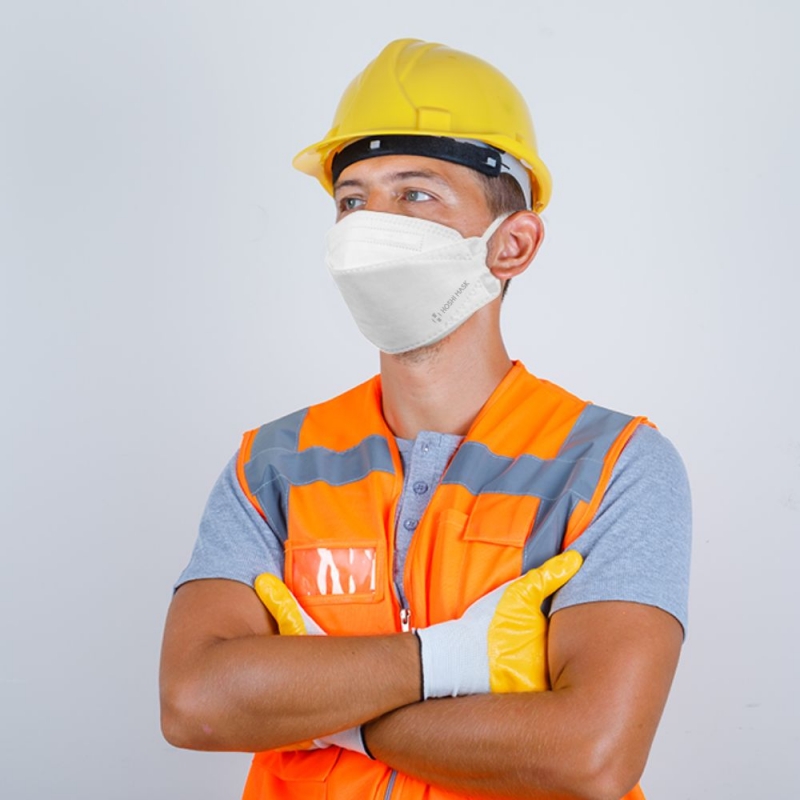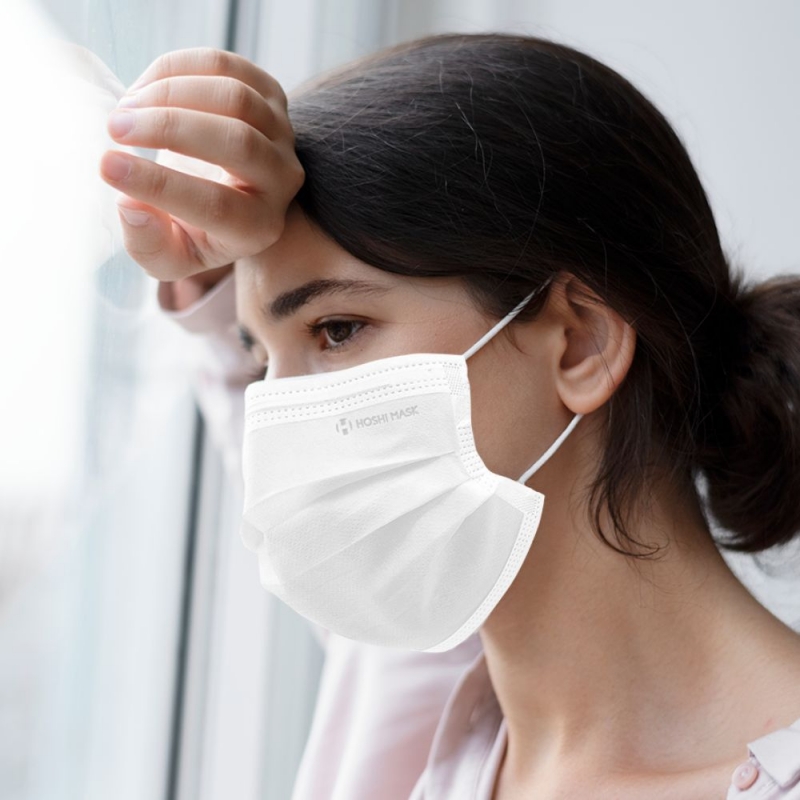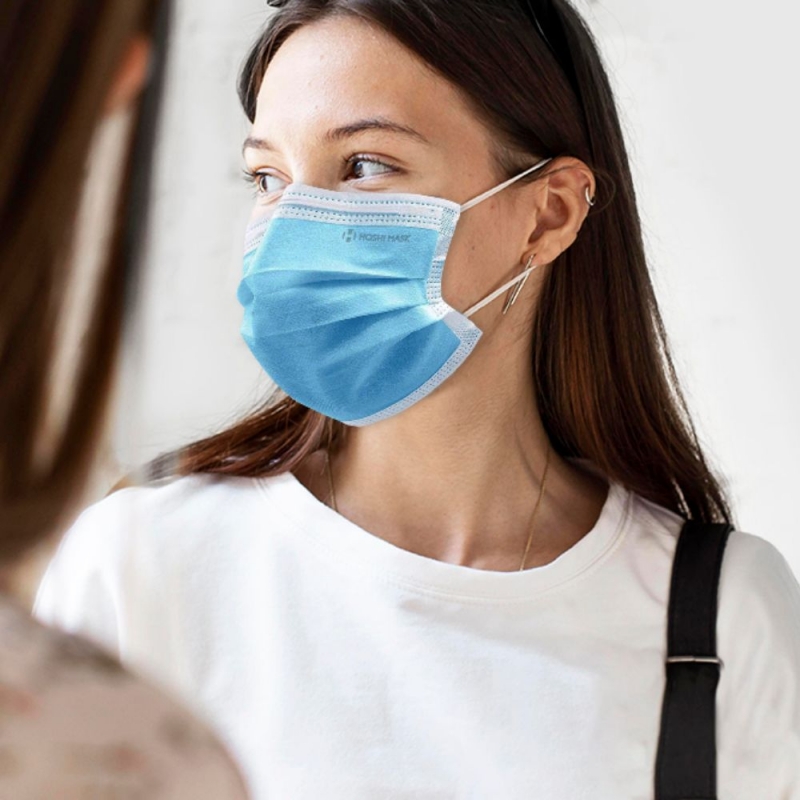What is the difference between medical grade and non medical grade face masks?
Respiratory viruses spread through small droplets in the air when an infected person coughs, sneezes, or even talks. For example, one study found that speaking loudly for one minute can cause the dispersal of 1,000 virus-containing droplets into the air. These droplets are capable of remaining in the air for almost ten minutes.
Face masks are a useful tool to prevent the spread of these infectious respiratory droplets. Masks can be especially important for those who spend a lot of time caring for sick people – such as healthcare workers – and are at the greatest risk of infection. There are different types of face masks, which can make choosing an appropriate mask difficult. These include N95 respirator masks, medical masks, and non-medical masks.
What is the difference between medical grade and non medical grade face masks?
At the most basic level, distinguishing between medical and non-medical masks is as simple as looking at their intended usage.
Non-medical masks are for the general public or use in non-healthcare related environments. They should be worn when there is low risk of exposure, outside of healthcare facilities, and/or when social distancing may be difficult.
In contrast, medical masks are designed as PPE for use in medical environments.
Looking deeper into the differences, you’ll also find that medical masks feature many different designs and materials to provide different levels of protection at varying price points.
The various types of masks provide a different amount of protection from viral particles. For example, medical masks (sometimes called surgical masks), are those that are usually worn by healthcare workers. These types of masks provide protection from larger respiratory droplets that are suspended in the air.
One difference between a non-medical and medical mask is that non-medical masks are not considered personal protective equipment (PPE). As such, they are not considered safe to use for those who are caring for infected patients, or within a two meter distance from infected patients. These types of masks should be worn in general settings, but not in healthcare settings.

Medical Mask Ratings Explained
ASTM (American Society for Testing and Materials) ratings provide data making it easier to compare mask protection and performance across a number of critical protection types.
The ASTM is an international standards organization that develops and publishes voluntary consensus technical standards for a wide range of materials, products, systems, and services—including those in healthcare.
Their PPE ratings offer a look at critical considerations to make comparing the protective characteristics of different models simpler.
ASTM F2100, the current standard, reviews 5 basic criteria:
- BFE (Bacterial Filtration Efficiency): The ability to filter bacteria
- PFE (Particulate Filtration Efficiency): The ability to filter sub-micron particles
- Fluid Resistance: The ability to prevent fluid penetration through the mask to the wearer
- Delta P (Pressure Differential): Measures how light and breathable a mask feels
- Flame Spread: The ability to withstand exposure from flame.
ISO (International Organization for Standardization) 10993-5 and ISO 10993-10 also provide certifications for skin sensitivity and cytotoxic testing, ensuring optimal comfort and minimizing the risk of adverse reaction from mask materials and mask usage.
ASTM ratings span from Level 1 to Level 3. Each offers an increased level of protection across the range of criteria.

ASTM Level 1 (Low) Rated Medical Masks
Light / minimum BFE & PFE protection used for general procedures, minimally invasive surgery, ophthalmology, and respiratory etiquette.
- BFE at 3.0 micron ASTM F2101 ≥ 95%
- PFE at 0.1 micron ASTM F2299 ≥ 95%
- Delta P < 5.0 mm H2O/cm2
- Fluid Resistance to Synthetic Blood at 80 mm Hg
- Flame Spread Class 1 per 16 CFR part 1610
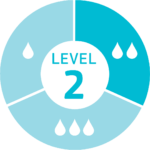
ASTM Level 2 (Medium) Rated Medical Masks
High BFE & PFE protection with moderate fluid resistance for procedures such as general surgery and endoscopy while providing greater breathability than high barrier (Level 3) masks. Designed to resist a splash or spray at arterial pressure.
- BFE at 3.0 micron ASTM F2101 ≥ 98%
- PFE at 0.1 micron ASTM F2299 ≥ 98%
- Delta P < 6.0 mm H2O/cm2
- Fluid Resistance to Synthetic Blood at 120 mm Hg
- Flame Spread Class 1 per 16 CFR part 1610
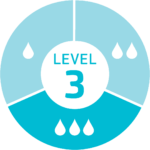
ASTM Level 3 (High) Rated Medical Masks
High BFE & PFE protection with the highest fluid resistance. Designed to resist a splash or spray during tasks like orthopedic surgery or trauma.
- BFE at 3.0 micron ASTM F2101 ≥ 98%
- PFE at 0.1 micron ASTM F2299 ≥ 98%
- Delta P < 6.0 mm H2O/cm2
- Fluid Resistance to Synthetic Blood at 160 mm Hg
- Flame Spread Class 1 per 16 CFR part 1610
Choosing the right face mask
What should you consider when choosing a face mask? Current recommendations suggest that you find a mask that fits securely, which may have ties or ear loops. The mask should cover both nose and mouth, but should not have large gaps on the sides.
How to use a medical mask
Finding the right mask is only the first step in protecting yourself, how you use a medical or non-medical mask will also affect your level of protection. When using a medical mask, first make sure that the aluminum nose strip sits at the top of your mask around the bridge of your nose. Squeeze this aluminum piece to ensure a snug fit of the mask around your nose. The folds in the mask should be going in a downward direction. The white side of the mask is the inside, while the coloured side is the outside and should face out.
Current recommendations caution that wearing masks can be dangerous for some people – for example, those with respiratory conditions or trouble with breathing. In addition, masks should not be placed on children under the age of two, or on those who are unable to remove the masks without help.

Where to buy medical masks?
If you are looking to buy medical masks, We have several options available. Click here to see our full range of Hoshi masks.
Learn more:

